As it is truly said, “Humanity’s true moral test is its attitude towards those who are at its mercy: animals.”However, most people truly don’t know how deeply rooted and prevalent animal cruelty is. According to recent data, 10 million animals die in the US because of intentional mistreatment, neglect, and cruelty alone. To address the disheartening issues of animal cruelty, every year, April is observed as Prevention of Animal Cruelty Month to raise awareness about animal cruelty and mistreatment and promote animal welfare. The observation is not limited to our pets and includes every animal, bird, or reptile around us.
What Is Animal Cruelty?
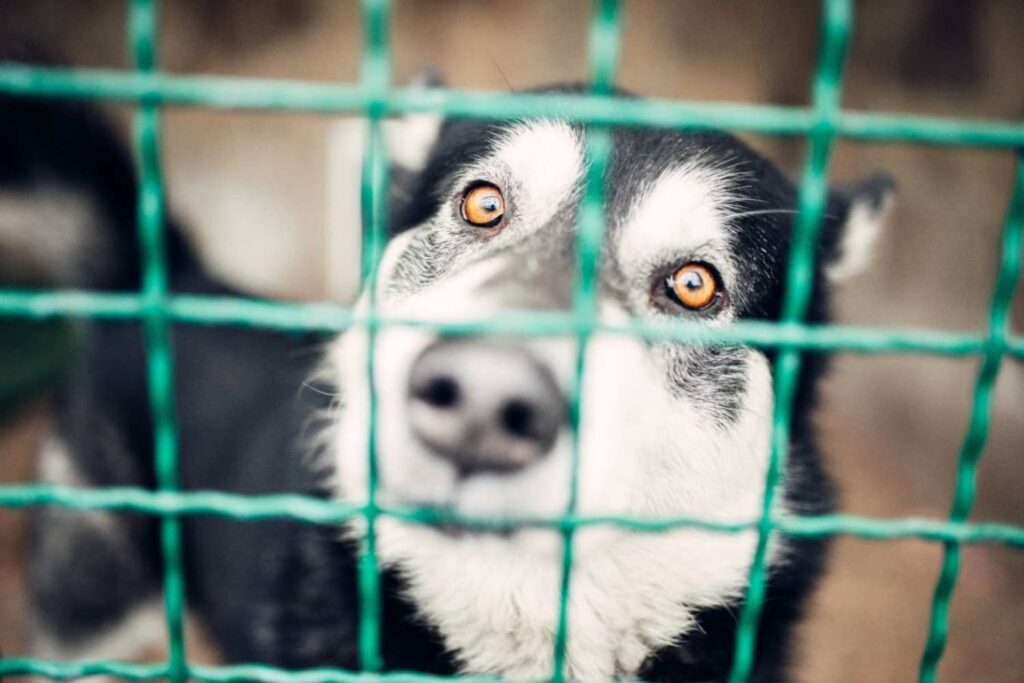
Animal cruelty, or animal abuse, means causing harm or injury to any animal. There are two types of animal cruelty. First is active cruelty, which means directly inflicting pain. It can include beating, starving, poisoning, or exploiting animals for fighting, entertainment, or sexual purposes.
Next is passive cruelty, which means removing animals’ basic needs. Passive cruelty can include not providing food, water, shelter, or medical care. It can also mean keeping animals in unhygienic and unhealthy conditions.
Here are some common signs to look out for animal cruelty:
- Physical hurt or injuries
- Visible ribs
- Extreme exhaustion
- Aggression towards other animals or humans
- Fear and anxiety
- Lack of food and water
- Lack of shelter
- Unhygienic living conditions
Different Forms of Animal Cruelty
- Neglect
Neglect is the most prevalent kind of animal abuse. Neglect can include tying up an animal, confining it in a cage, and failing to provide basic needs such as food, water, or veterinary treatment. Animal parents may not be able to provide extensive veterinarian care. However, they must guarantee that an animal receives primary veterinary treatment.
- Industrial Animal Farming
Industrial farming, sometimes known as “factory farming,” extensively uses animals that provide human food, such as meat, milk, or eggs. At animal farms, animals are kept in poor condition, confined in small cages with little to no space to walk, and they are only treated as food production machines. These farms run at the lowest feasible cost without providing basic care to these animals.
- Circuses
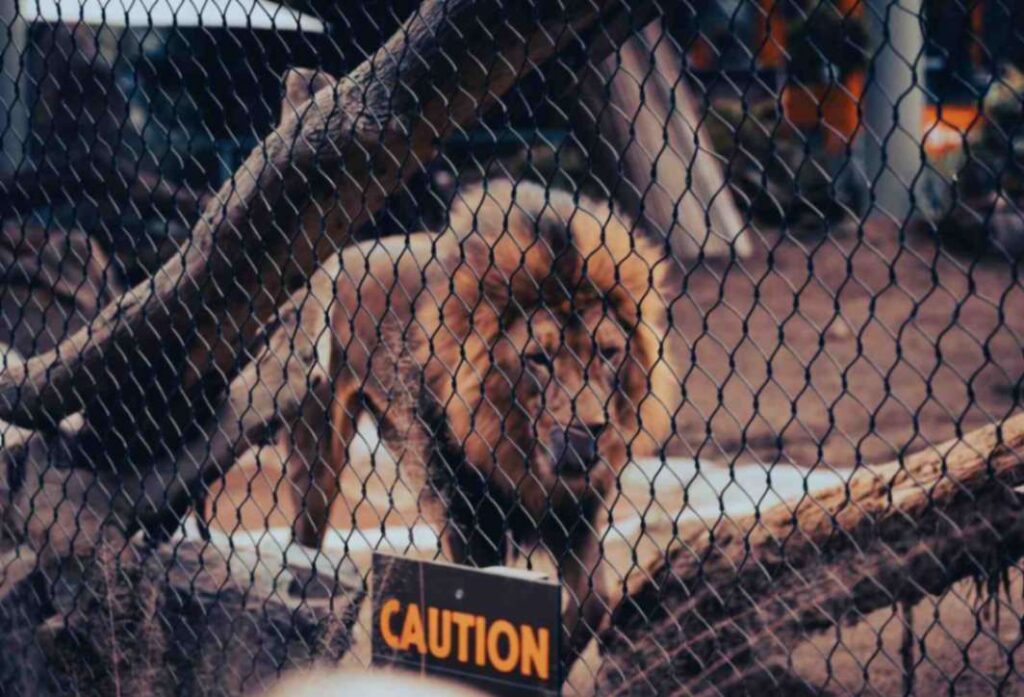
It may not look like it, but circuses are a form of animal abuse. Circuses force wild, exotic animals to perform for people’s amusement. These creatures would otherwise live outdoors, free of human interaction, and must stay inside a cage. Animals in circuses suffer greatly from their training and transportation. They tend to live in confinement, and physical punishment is used to get them to perform performances and tricks.
- Dogfighting/Cockfighting
Dogfighting is a “blood sport” intended solely for amusement and profit. Two trained fighting dogs are forced to attack each other, and the violence only stops when the dogs cannot continue. These combat canines are often raised in isolation and chained. They are frequently injected with steroids to boost their physical bulk. The medications used also make a dog more aggressive.
- Puppy Mills
Puppy mills, like industrial farms, prioritize profit over animal wellness. Female dogs (old enough to reproduce, as early as four months old) are bred forcefully, with little time for recovery or medical attention. When they can no longer produce puppies, they are thrown away. This animal cruelty, in the form of overbreeding and inbreeding, results in weaker puppies with several genetic and health concerns, which are then passed down to each generation.
The History Behind Prevention of Animal Cruelty Month
The American Society for the Prevention of Cruelty to Animals (ASPCA) began observing Prevention of Animal Cruelty Month in 2006. By 2015, the campaign had gained pace and was acknowledged by the United States Department of Justice. It was a critical step toward animal care to hold people accountable for inhumane animal treatment. Domestic and agricultural animals in America were not well cared for at the time. Horses were employed for transportation, and dogs were abducted for cockfighting, a popular form of entertainment at the time.
The American Society for Preventing Cruelty to Animals was established in 1866. In 1863, Henry Bergh, a New Yorker, traveled to Russia. While there, he noticed a man beating a horse. He promptly took action and approached the horse’s owner. It is believed that this was the day Henry Bergh resolved to act against animal abuse. When he returned to New York, he established the American Society for Preventing Cruelty to Animals in 1866. Within two weeks, the New York legislature had approved an anti-cruelty bill.
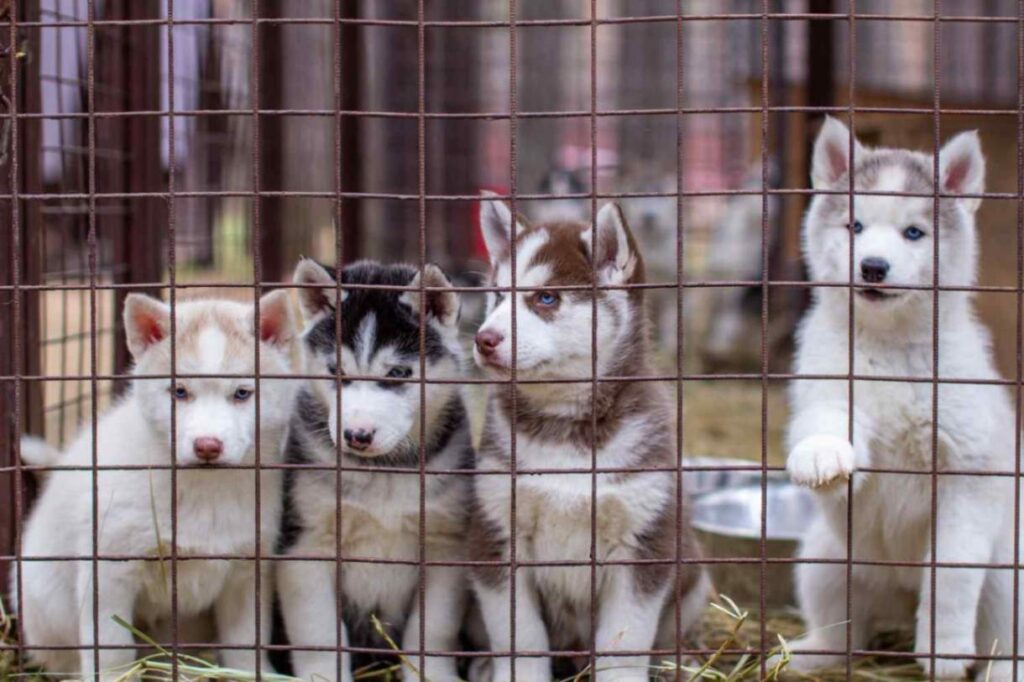
Here Are Ten Ways You Can Prevent Cruelty and Promote Their Wellness:
Animals may be unable to speak, talk, and share their pain. But they can feel happiness, sadness, nervousness, and pain. Preventing cruelty against animals doesn’t only stop abuse; also means protecting our planet and making it a comfortable place for them to live. But it is not a journey that can be traversed alone. Promoting animal wellness requires everyone’s contribution, whether big or small.
Here are some ways you can promote animal well-being and stand against cruelty to animals:
- Education
Education is the key to preventing cruelty against animals. We must learn and educate ourselves about issues related to animals. We must be aware of common signs of animal abuse, different forms of cruelty, and laws that can help us prevent them. Education also means talking to family and friends about animal care.
- Spread Awareness
Spreading awareness means educating people about animal-related issues. It also means showing others how to be compassionate and kind towards them. Use social media platforms to share information about animal welfare and raise cruelty concerns. This not only educates the present masses but also impacts the future generation to take action against animal cruelty.
- Adopt a Pet
Next time you are thinking of bringing a pet home, consider adoption. Adopt a pet from a pet shelter or rescue organization instead of buying one from a breeder. This not only gives a pet a home but also reduces the overpopulation of pets, making space for other pets.
- Be a Responsible Pet Parent
If you want to be a pet parent, you must understand that you will be responsible for pet health. Before getting a pet, look into the breed you wish to adopt, their care routine, and whether you can provide for them. Make sure you can provide food, water, shelter, and regular medical care to your pets. Give them a lot of attention and love.
- Report Animal Abuse
Don’t be a spectator. When you come across direct animal abuse or suspect possible cruelty, speak up. You can contact the police, local animal organizations, or NGOs to rescue the abused animal. Remember, it doesn’t only benefit one animal but several others who can fall victim to abuse by the same abuser.
- Supporting Animal Shelters and Movements
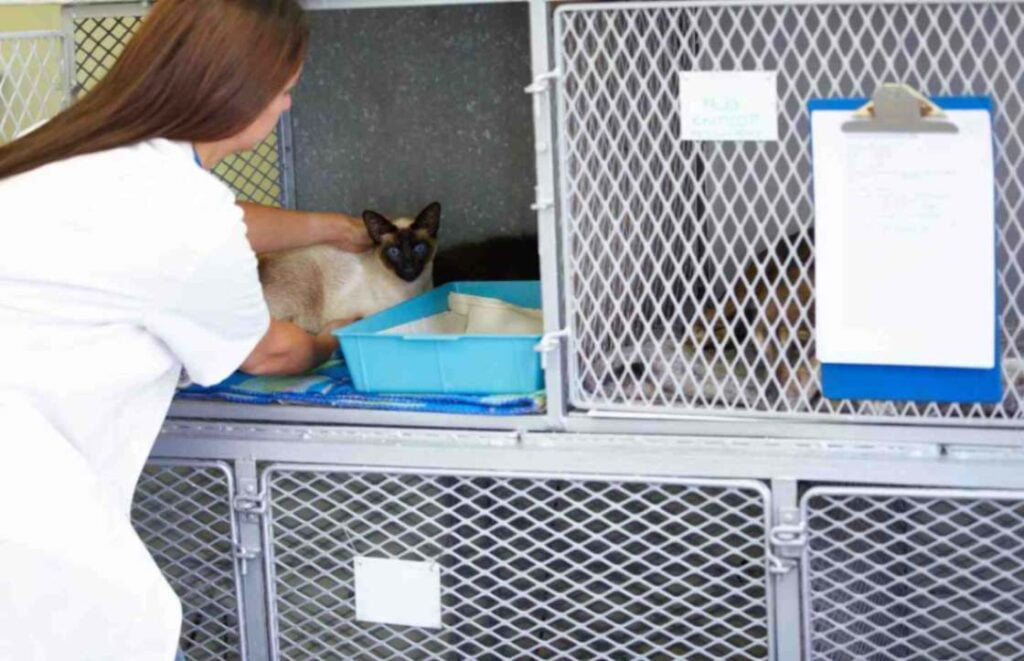
Animal rights organizations and support groups depend on the public’s support to do their work. You can support local animal shelters and movements in their cause of animal care. Volunteer at an animal protection NGO or organization, donate food and clothes and provide financial or other resources to them.
- Stay Informed on Animal Laws
Staying informed on animal laws will help you understand your rights and responsibilities related to animal care. Being aware of animal laws ensures that you know your rights and raise your voice against mistreated animals and humans who care for them. It also ensures that you can take appropriate action against animal cruelty.
- Choose Cruelty-Free Products
Multiple brands still perform animal testing, which is cruelty against animals. That is why choosing cruelty-free products is an excellent way to show your concern for animal well-being while avoiding supporting brands that still do animal testing. Look for the leaping bunny logo on your products, as it signifies that the brand does not perform animal testing at any production level.
- Speak Up for Animals
It is our responsibility as humans to speak against cruelty to animals. Use your voice against people, brands, and organizations that promote animal cruelty, directly or indirectly. Be vocal on social media platforms, participate in peaceful protests, and strike up a conversation every time you can to promote animal safety.
- Lead by Example
Leading by example means doing what you believe in. Set an example for people around you by being kind and compassionate toward animals, understanding their needs, respecting their boundaries, and encouraging others to do the same.
It Is More Than Just a Month-Long Celebration
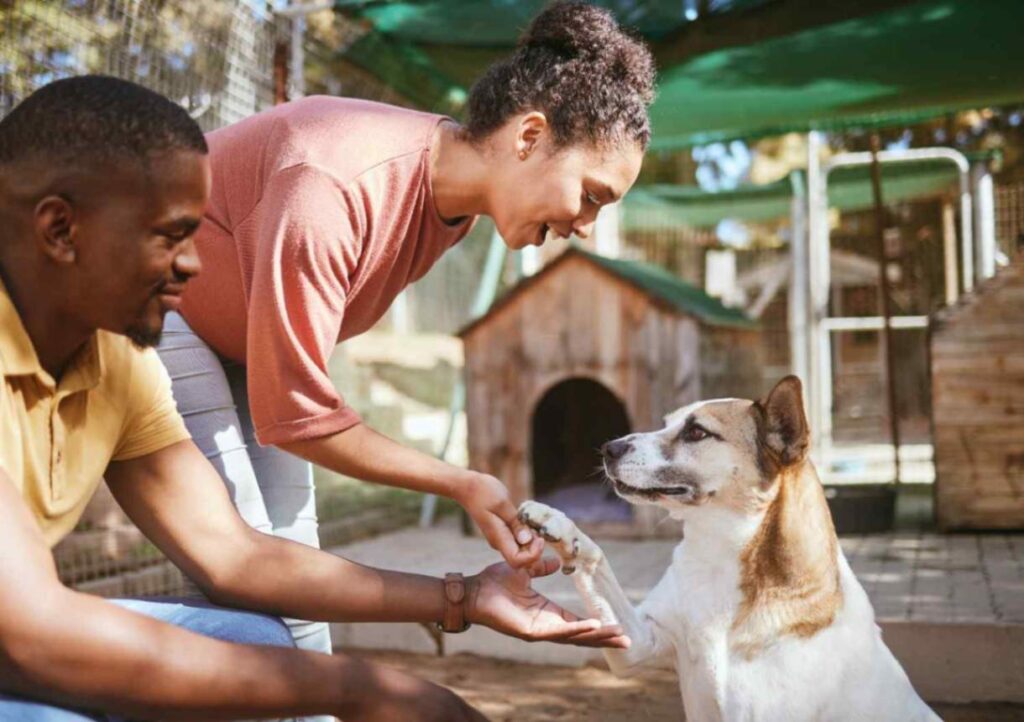
Prevention of cruelty to animals is more than a month-long celebration. It is more than a social media post or trending hashtag on Instagram. Prevention of animal cruelty is a year-long commitment to show compassion and empathy to animals around us. It is a reminder to recognize and take action to stop cruelty against animals. By choosing to speak up for those who cannot speak for themselves, we make the world a safer and happier place for both humans and animals alike.

0 Comments